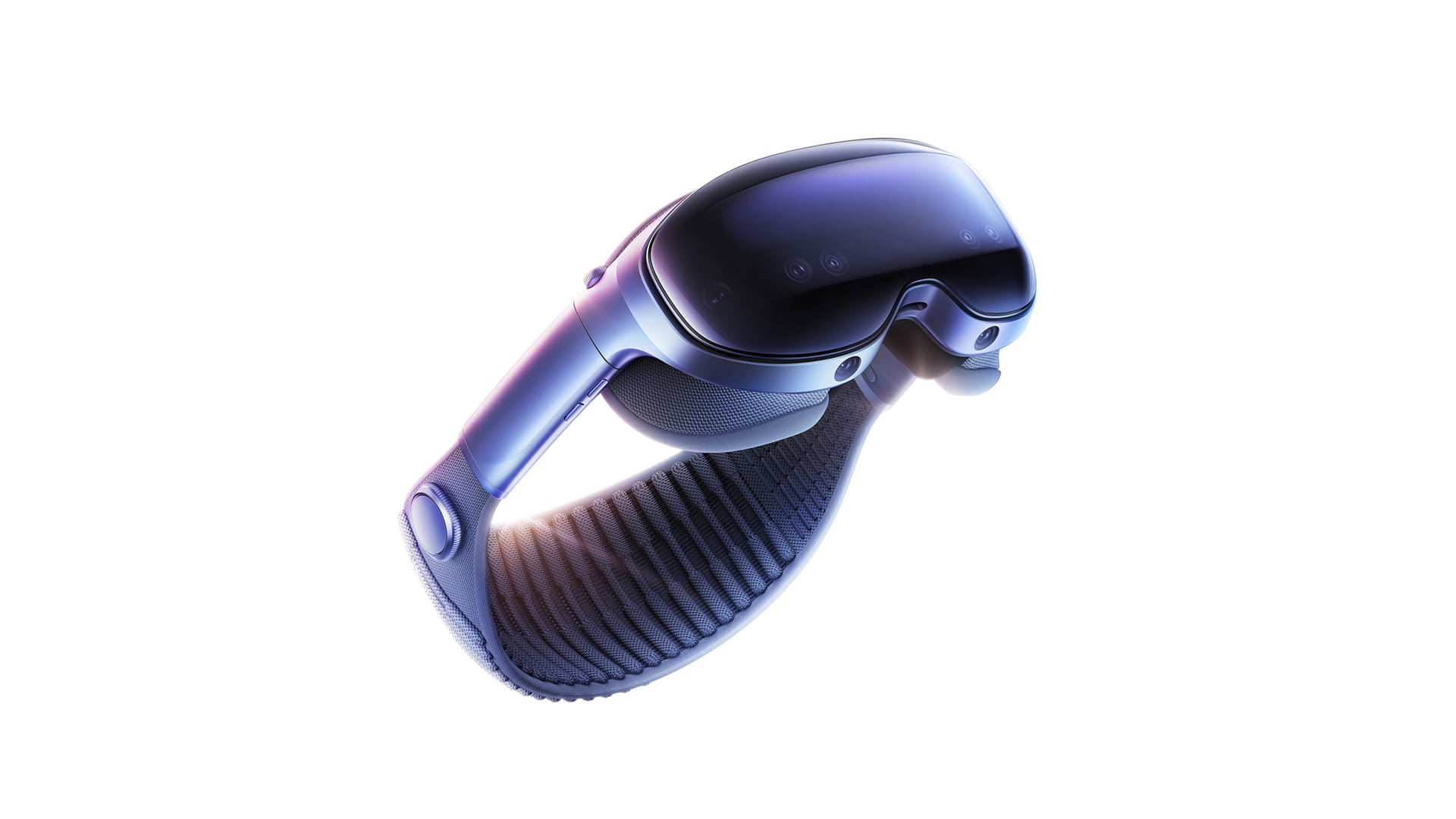After nearly two decades of smartphone dominance in mobile internet, mixed reality (MR) headsets are emerging as the next generation of personal devices.
Smartphones still ship over 1.2 billion units annually and remain the most widely adopted digital interface. Yet, MR headsets are gaining traction. According to IDC, global shipments of smart headsets are projected to reach 12.8 million units in 2025, up 26% year-on-year. In China, the world’s largest consumer market, shipments are expected to grow by 107%.
Unlike smartphones, which confine communication, information access, entertainment, and payments to flat screens, MR headsets extend these functions into physical space. They break free from the limits of 2D displays, enabling immersive, 3D environments.
While smartphones have optimized how users engage with digital content in two dimensions, MR headsets aim to reimagine that interaction entirely, offering embodied experiences for collaborative work, gaming, and spatial navigation.
On August 21, Vivo launched the “Discovery” edition of its Vision headset, expanding the potential applications of MR technology. The launch builds on the company’s longstanding investment in display, compute, and interaction technologies.

From novelty to everyday use
After the smartphone market peaked around 2018, interest shifted toward the metaverse and related technologies. Global companies like Apple, Microsoft, Meta, and Google began exploring what the next computing interface might look like.
Vivo has now entered that race. The company is reportedly the first Chinese tech firm to release a consumer MR headset, taking a user-centered approach that acknowledges ongoing challenges in usability.
For most consumers, MR headsets remain niche products. Many are still bulky, uncomfortable, or lack compelling use cases. Key pain points include comfort, content availability, and integration with existing devices.
The “Discovery” edition of the Vision headset addresses these gaps directly. It pairs with a home robot, enabling potential applications across entertainment, productivity, and domestic scenarios.
Visually, the headset resembles ski goggles, with a single black visor and wraparound headband. Its computing unit is housed in an external module resembling a power bank, which helps reduce head weight. Built-in cameras and sensors enable real-time environmental capture and see-through capabilities, both of which are essential for MR functionality.
Crucially, the headset weighs 398 grams. Product manager Han Boxiao noted this is comparable to Apple’s AirPods Max, marking a clear departure from earlier, bulkier MR designs.
The device also features a proprietary algorithm known as VST, which reduces latency to as low as 13 milliseconds. This enables smoother fusion of real and virtual imagery, especially in terms of color, brightness, and distortion.
Content-wise, the headset supports spatial photos and videos captured with the Vivo X200 Ultra, offering immersive playback.
Why MR matters in robotics, and why Vivo sees a fit
The value of MR lies not just in displays or optics, but in system-level integration. This includes imaging, large artificial intelligence models, computing, and operating systems functioning together.
The Vision “Discovery” edition marks Vivo’s attempt to integrate these layers, leveraging its experience in imaging and algorithm development, now supplemented by large model capabilities.
As robots enter more real-world contexts, MR becomes increasingly relevant. Current robots are largely confined to structured environments like warehouses or restaurants. They struggle to interpret and navigate unstructured home settings.
Smartphones already collect rich behavioral data: movement patterns, physiological metrics, environmental context, and images. These datasets can help train robots to better understand human spaces.
With three decades of device experience and a user base of about 500 million, Vivo is positioned to test and refine robotic applications in consumer settings.
MR as a gateway, not an endpoint
While robots won’t go mainstream overnight, the Vision “Discovery” edition could serve as an early step in enhancing spatial perception and interaction for future devices.
Scaling MR and robotics takes time. These categories require coordinated progress in hardware and software, as well as a maturing content ecosystem and gradual user adoption.
The maturity curve for such technologies is long. Transitioning from lab demonstration to consumer-grade experience often requires a decade of iteration. While enterprise applications in sectors like education, healthcare, and manufacturing may adopt MR earlier, consumer adoption will depend on lower costs and a richer content landscape.
As with the rise of iOS and Android, building an MR ecosystem requires sustained investment and collaboration. Platform shifts, such as the PC boom of the 1970s or the smartphone revolution starting in 2007, each took more than a decade to unfold. Companies that focus only on short-term gains often abandon innovation prematurely.
A Chinese approach to the next computing platform
Vivo’s entry into MR aligns it with global tech leaders seeking to define the next computing platform. By launching a robotics lab this year, the company brings a Chinese perspective to a space currently dominated by US firms.
More importantly, MR development may help strengthen China’s broader supply chain. Headsets integrate optics, displays, interaction systems, AI compute, and content platforms. Coordinating these elements demands long-term capability and strategic focus.
Vivo has built strengths in industrial design, supply chain management, and hardware miniaturization. On the robotics side, it is focusing on R&D and working with partners to build robotic bodies. For content, the Vision headset supports Android apps, opening the door to a self-sustaining content ecosystem.
This cross-sector effort reflects Vivo’s core principle: innovation grounded in real user needs. Instead of asking what can be built, the company starts by asking what people will actually find useful—and builds from there.
KrASIA Connection features translated and adapted content that was originally published by 36Kr. This article was written by 36Kr Brand.
